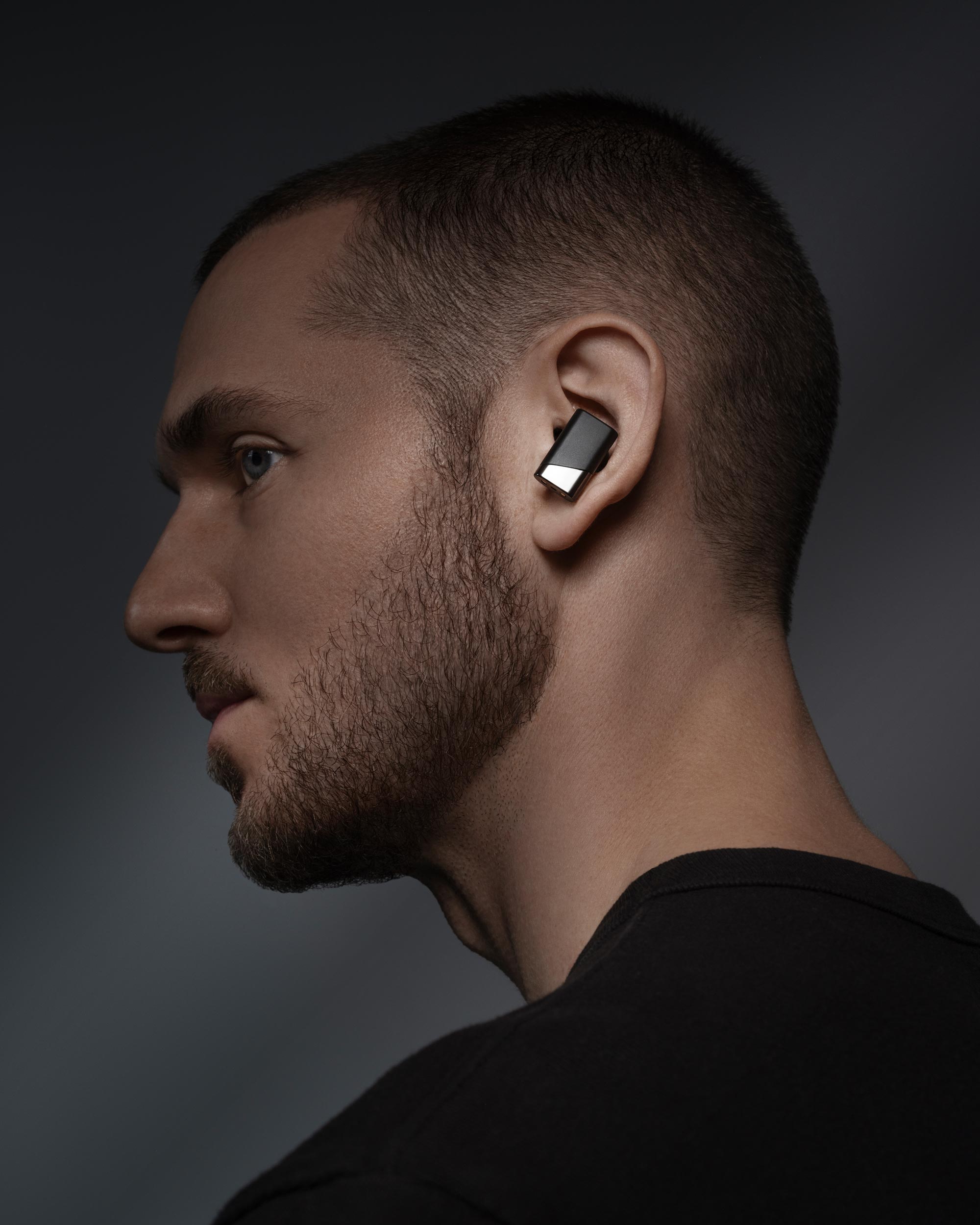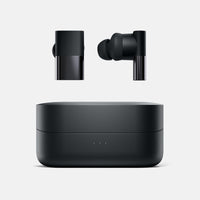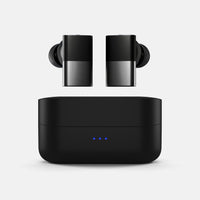
What is a Speaker Driver and How Does it Work?
If you’ve been shopping around for headphones, earbuds, or speakers, you may have been bombarded with stats and specs on "drivers".
Drivers serve as the sound engine for your music, and are the most important component when it comes to the sound quality - or sound signature, for that matter - of your headphones and speakers. But what are they? And how do they work? Let’s peel back some - if not all - of the mystery.
The Role of a Speaker Driver
In audio, a driver is the piece of hardware where an electrical audio signal is translated into an audible acoustic signal. The initial electrical signal is sent from a source (phone, laptop, etc) and received by a system of magnets on the driver, which in turn stimulates precise mechanical movements that produce acoustic waves by moving air particles.
It’s really that simple.
Just kidding. A driver has several components that make the nuanced process of sound reproduction possible. Let’s briefly go over some of the basic but relevant physics of sound waves, as it will help us understand how drivers are designed.
But first, something to chew on before we get into the thick of it: speaker drivers are modern marvels that we take for granted, operating at a fundamental level of physics that we’re seldom tasked to consider. The air around us bristles with the potential of every conceivable sound if shaped in the right way. Drivers are the conductors in a symphony of air particles, explosively shaping the air’s restful silence.
To understand how a driver works is to consider, for once, the intensely physical nature of a force we often perceive as phantasmic.
What Makes a Sound Wave Wiggle?
Picture a wave - yup, that mental image of a squiggly line will suffice. Now let’s talk about what’s really happening there.

A sound wave is composed of the back and forth process of air particles compressing and rarifying. Compression refers to air particles pushing together and increasing in density, while rarefaction refers to air particles spacing apart. When this back and forth, or oscillation, of compression and rarefaction occurs frequently and repeatedly, a sound wave is born.
The Moving Parts of A Speaker Driver
Let’s work backwards here. If we want to produce a sound wave, we need something that can compress and rarify air particles. This brings us to our first and frontline driver component: a speaker cone.
When a speaker cone moves forward, it pushes air particles together, resulting in compression. When it pulls back, it creates a vacuum that sucks air particles apart - rarefaction. A cone’s movements are incredibly small, rapid, and (ideally) precise. It’s on this nearly incomprehensibly small and fast scale that a cone can shape air particles into a sound wave.
But what’s moving the cone and instructing it to perform its fast and precise movements? A former, working in conjunction with a voice coil that wraps around it.
If we think of the cone as the head of the driver, then the former is the neck, attaching to the concave center of the cone. Winding around the base of the former is the voice coil. Ok, pause and take a look at what we have so far:

A voice coil is made of a conductive metal, frequently copper, and serves as the receiver for an electrical signal sent from an audio source. This electrical signal is essentially sending the voice coil instructions to move forward and backwards thousands of times per second. As the coil is fastened to the former, and the former is fastened to the cone, the electromagnetic instructions that are pushing the coil around are translated into equivalent movements on the cone. And finally, the cone’s movements are transferred to air particles, resulting in soundwaves.
It’s really that simple.
Just kidding, of course it’s not. But take a second to understand that last part before we jump into the second half of a driver’s anatomy.
The Stationary Parts of A Speaker Driver
Ready? Okay. In order for a voice coil to move forwards or backwards, it needs a relative center - a neutral position. To understand this, think of a small buoy floating in water. You can tug it downwards into the water, but its buoyant properties will push it back to the surface once you let go of it. You can lift it upwards out of the water, but gravity will pull it back to the surface once you stop lifting. When no force is applied, it’s in a neutral position, floating on the water’s surface.
So how does a voice coil “float” in a neutral position? It needs to be kept magnetically buoyant, which is where a stationary base magnet in the driver comes into play. This base magnet is donut shaped, leaving room for the voice coil and former to float in its center hole. Two plates are attached to the top and bottom of the base magnet, which limits the direction of its magnetic field and focuses it towards the voice coil and former.

The magnetic field supplied by the base magnet serves as a neutral reference point for the voice coil. In the absence of a modulating electrical (audio) signal being sent to the coil, the coil and former are magnetically suspended at the center of the base magnet’s hole, just like a buoy is suspended (floats) on the surface of water.
An intervention is made to this equilibrium once the voice coil receives modulating positive and negative voltages from the electrical signal sent from the audio source. Positive signals push it forward from its neutral position, negative signals pull it back; a positive signal is like lifting a buoy above the water’s surface, while a negative signal would be like pulling it from below.
Putting It All Together

Now that we explained how a driver works in reverse order, let’s sum it up in sequential order:
- A stationary base magnet supplies a magnetic field.
- A voice coil connected to a former is suspended within the base magnet’s magnetic field.
- The voice coil receives positive and negative voltages from an electrical audio signal, which makes it rapidly bob in small, fast, and precise movements.
- As the coil receives its movement instructions from the electrical audio signal, the former to which it is attached moves in sync, as does the cone that is attached to the former.
- The cone compresses and rarifies air particles with its movements, thus producing sound waves.
- The electrical audio signal has now been converted into audible acoustic energy - better known as soundwaves.
While there are even more nuances that go into driver design and functionality than what’s discussed here, these are the broad strokes for a general understanding. It’s important to note that there are many different driver types with varying particularities in their design. Though this article is primarily describing the specifics of a dynamic driver, the underlying principles discussed here vaguely hold true for all drivers types.
No “gotcha” this time, just glad you made it to the end.





